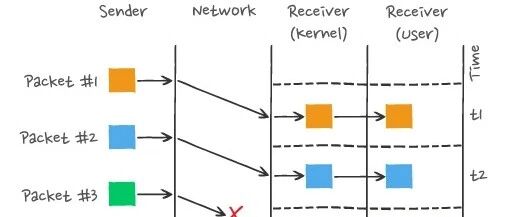A Detailed Explanation of HTTP/3
Head-of-Line Blocking in HTTP/2 Although HTTP/2 uses “frames”, “streams”, and “multiplexing” to eliminate “head-of-line blocking”, these techniques are applied at the application layer. However, at the lower layer, specifically in the TCP protocol, “head-of-line blocking” can still occur. TCP has a special “packet retransmission” mechanism to ensure reliable transmission. Lost packets must wait for retransmission … Read more



